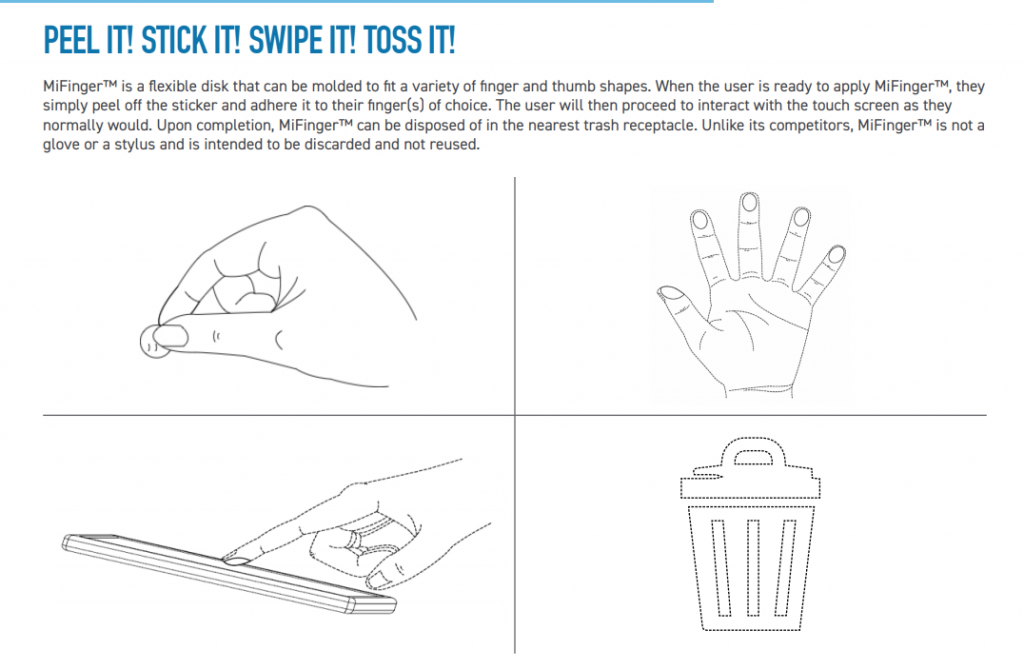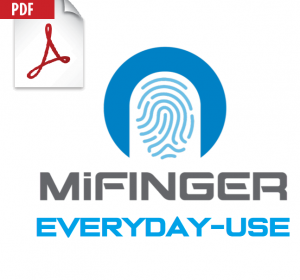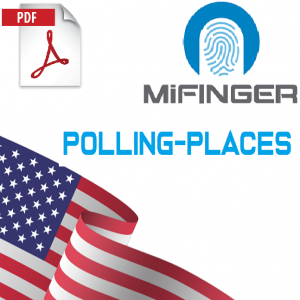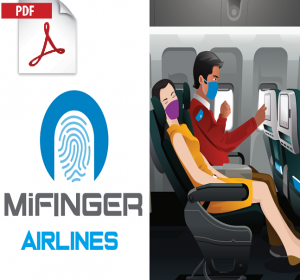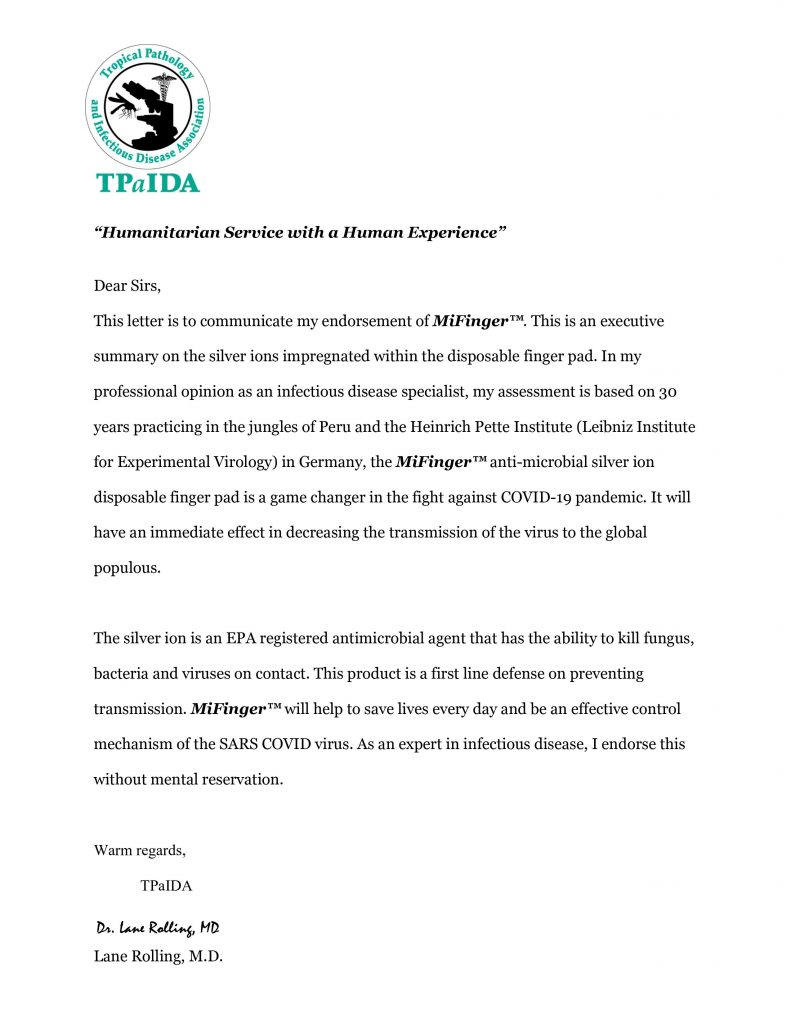MiFINGER
The Novel Coronavirus Pandemic has dramatically shifted our everyday lives. It has changed how we think and handle just about every- thing; where we go, who we interact with, how we do business, and what we touch. In today’s modern and technology driven world, there is an ever increasing multitude of devices which operate using an entirely touch screen user interface. The coronavirus has made us all hyperaware of these surfaces and has many airlines and passengers pondering the future of in-flight entertainment (IFE) screens. What was once a source of relaxation and enjoyment has now become a breeding ground for germs and a potential hazard to passengers’ health.
MiFinger™ aims to provide American Airlines with a low-cost solution to bring back the use of IFE touch screens and restore passenger confidence, without the use of harsh cleaners that may damage the screens. MiFinger™ creates a physical barrier between the skin of the finger and the surface of the touch screen on interactive devices. In addition to limiting the transfer of oils and dirt to the screen, MiFinger™ also serves to prevent the transfer of pathogens to users’ fingers, and vice versa, when touching public interactive devices.
MiFinger™ is the only disposable antimicrobial finger pad available on the market today.




THE NOVEL CORONAVIRUS (COVID-19)
SURFACE TRANSMISSION
The primary method of infection spread is believed to be from
person to person. However, coronavirus can also spread from
contact with infected surfaces or objects. A person can get
COVID-19 by touching a surface or object that has the virus on
it and then touching their own mouth, nose, or eyes.
A recent study found that coronavirus can survive up to three
days on plastics and up to five days on glass.¹ The researchers
also found that this virus can hang out as droplets in the air for
up to three hours before they fall. But, most often, they fall
more quickly.²
¹https://health.clevelandclinic.org/how-long-will-coronavirus-survive-on-surfaces/
²https://www.health.harvard.edu/diseases-and-conditions/covid-19-basics
TOUCH SCREENS – HOT SPOTS FOR INFECTIOUS BACTERIA
According to a study conducted at the London Metropolitan University in the U.K., infection-causing bacteria from human and animal feces can be found on most public touch screens. Much of these bacteria originate from people’s intestines, gut, nose, mouth, throat, and feces.³
On average, there are about 253,857 colony-forming units per square inch on airport check-in screens.⁴ Other studies have found potentially dangerous bacteria on touch screens in hospitals and grocery stores.5
Two types of bacteria commonly found on touch screens are Enterococcus faecalis (E. faecalis) and staphylococcus (“staph”). E. faecalis is a bacteria that comes from the flora in our gastrointestinal tracts and may cause fever, fatigue, headache, chills, vomiting, and diarrhea.
And in more severe cases, it can lead to meningitis or urinary tract infections. Staph is a bacteria found on the skin and noses of 25 percent of the population and typically does not cause disease in the person who carries it. However, if it gets into an open wound or is ingested, staph can cause blood poisoning, pneumonia, toxic shock syndrome, skin infections, and food poisoning.6
The vast majority of bacteria found on public touch screens are contagious. And while anyone can develop an infection, those with weakened immune systems are most at risk.7
³https://www.londonmet.ac.uk/news/articles/tests-find-traces-of-faeces-on-popular-restaurant-touchscreens/
⁴https://www.insurancequotes.com/health/germs-at-the-airport
5https://www.ajicjournal.org/article/S0196-6553(18)30896-4/fulltext
6https://www.healthline.com/health-news/want-to-avoid-dangerous-bacteria-dont-use-touch-screens#What-kind-of-bacteria-is-on-our-touch-screens?
7https://www.cdc.gov/hai/organisms/staph.html

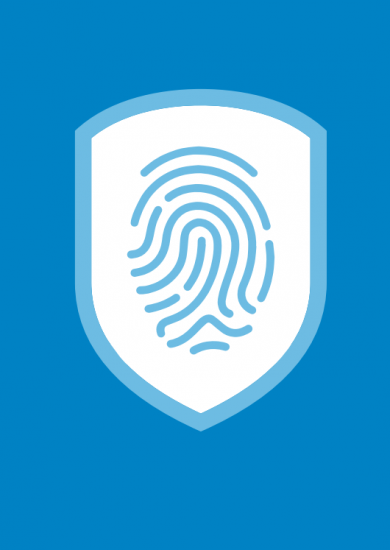
MIFINGER™ ADDING A TOUCH OF
PROTECTION
MiFinger™ is a finger apparatus designed to be worn on one
or more fingers, and serves as a physical barrier between the
finger and the screen of any modern interactive touch screen
device. The purpose of having this physical barrier is to limit
the transfer of germs and diseases from the touch screen
which can result in illnesses.
MiFinger™ uses a durable protective film that is armed with
an antimicrobial, scratch, abrasion and chemical resistant hard
coat providing users with a strong shield of security from
contact with harmful viruses or bacteria. The top clear hard
coat layer has been treated with an EPA-registered silver ion
antimicrobial agent to protect the film from a broad spectrum
of bacteria, mold, and mildew. The silver ion antimicrobial
control mechanism within the hard coat utilizes an active
silver zeolite carrier that interrupts metabolism of cells and
prevents cell reproduction within the film itself. This added
layer of protection helps limit the surface transmission of
germs that may occur when being handled by the user to
either apply or remove the finger apparatus.
